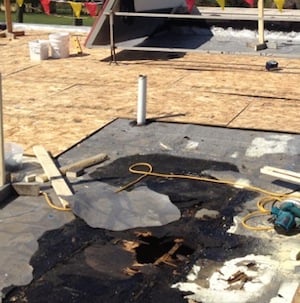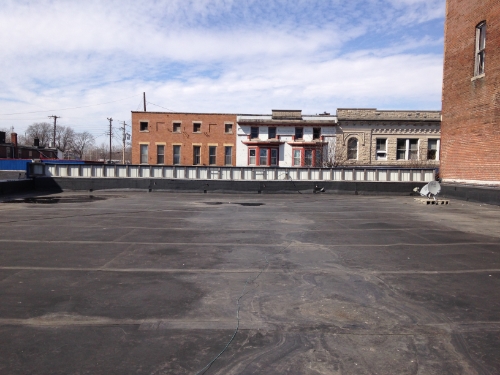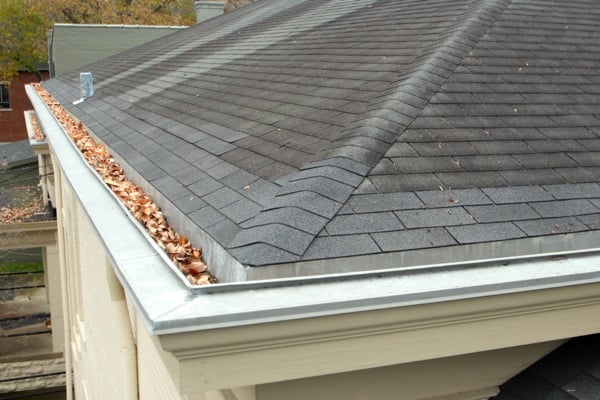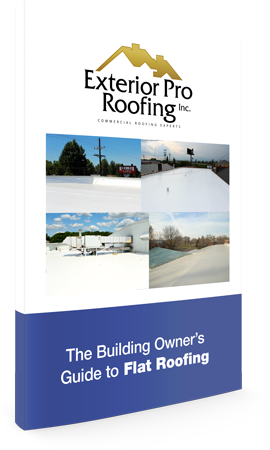Each year intense Indiana weather leaves many homeowners and building owners with roof damage. But most Hoosiers are unfamiliar with the insurance claim process. Here are the Do’s and Don’ts of filing an insurance claim in indiana should your roof sustain damage from hail or high wind.
Indiana Roof Damage And Insurance Claims - Do’s and Don’ts
Tue, Mar 18, 2014 @ 03:14 PM | Exterior Pro Roofing
Where to Inspect on a Rubber Roof
Fri, Mar 14, 2014 @ 10:57 AM | Exterior Pro Roofing
Each year approximately 6 million sq. feet of rubber roofing are installed in Indiana and it’s not only because Firestone, a major rubber roofing manufacture, is located in Indiana, a properly installed and maintained rubber roof can last for many years. EPDM Rubber roofing is typically installed in Indiana in one of three ways, loose laid and held down by river stone or Ballasted, Mechanically attached with screws and bars, or fully adhered or glued down. Regardless of how your EPDM roof was installed, these tips will help you do a better job inspecting your flat roof.
3 Most Common Reasons Box Gutters Leak
Mon, Dec 23, 2013 @ 06:47 PM | Perry
If you own a home or building with box gutters then you understand the unique maintenance
challenge they can present. They are easily clogged by leaves and other debris and are often high up and hard to access, not to mention the time it takes to clean and maintain them. Also box gutters can leak in different ways when they are clogged or when they are clean which can make diagnosing the problem tricky.
Inspecting an EPDM Roof
Wed, Mar 6, 2013 @ 09:20 PM | Perry
Begin UNDER the roof. Look for signs of leakage such as stains on walls. If the roof deck is metal, inspect for rust. Note the location of any possible problem. When you are up on the roof, you will want to inspect those areas with extra care.
Up on the roof, take an overview first. Note any debris or water ponding. As you begin your closer inspection, take note of these things:
- Soft spots. These could signal moisture in the decking or insulation.
- Separations, wrinkles, or openings - especially around laps (where one sheet of the EPDM overlaps another) and perimeter flashing.
- Cuts, punctures, or tears.
- Raindrop-size moisture spot. If there is moisture in the substrate, the warmth of the sun can draw it out through a pinhole in the rubber.
- Seams
- Roof-wall junctions
- Vents and other penetrations (where something is sticking up out of the roof)
- Areas with roof-mounted equipment, especially if repair or service personnel have visited. Check for spills and damage caused by dropped tools.
- Shrinkage of 1-2% is common. This can add up to several feet over a large roof. This will show up at roof edges and seams.
- Uncured rubber used as flashing. Older roofs may have this issue. The uncured rubber is easier to mold, but becomes brittle.
- Chemical damage. Grease, animal fats, and petroleum solvents compromise EPDM.
- Direct steam venting from HVAC equipment can cause damage.
Flat roofing -PVC Single Ply Membrane
Thu, Feb 28, 2013 @ 08:55 PM | Perry













